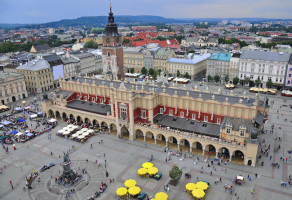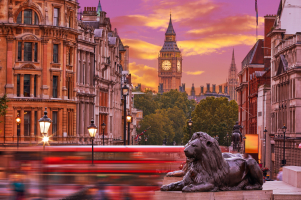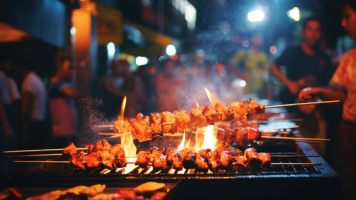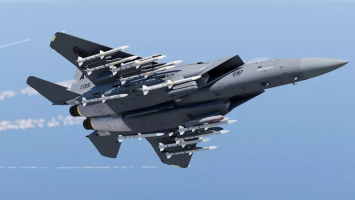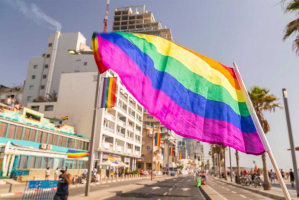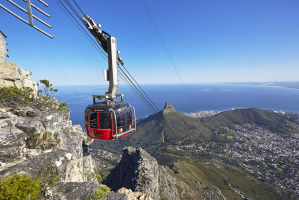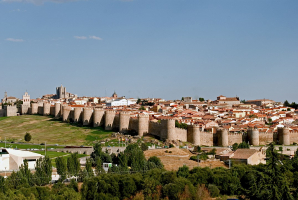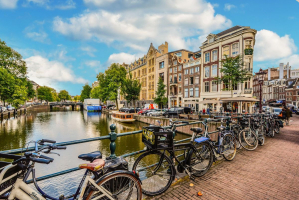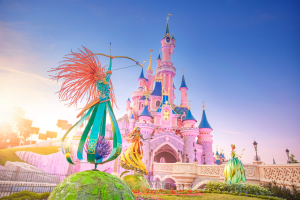Top 15 Most Famous Mausoleums Ever in the World
For some, a simple headstone or grave monument is insufficient. They want to be remembered for their majesty, so they create a large and magnificent mausoleum ... read more...– a structure that holds their remains, as well as their worldly possessions, in a tomb. Mausoleums are sometimes beautifully built and designed to forever enshrine the legacy of prominent individuals. Travelers should visit seven of the most famous mausoleums around the world. However, always remember to be polite when viewing or visiting these magnificent locations. They are far more than merely attractive structures.
-
In 1983, the Taj Mahal was designated as a UNESCO World Heritage Site, and it is also an unrivaled monument to love.
The Taj Mahal was built by the Mughal emperor Shah Jahan in the 17th century to enshrine his adored third wife Mumtaz Mahal after she died giving birth to their 14th child. Mumtaz and her husband are buried in an octagonal chamber with a domed roof on the upper floor of the mausoleum, which is surrounded by a latticed marble screen. The ground level is designed as a symmetrical series of smaller rooms that connect to minarets on the building's corners.The Taj Mahal is surrounded by beautiful gardens on the banks of the Yamuna River. By placing the mausoleum at one end of the garden rather than in the middle, the Taj Mahal's beauty is enhanced by a reflection in the pool in front of it.
According to National Geographic, this pool is the only edifice that has ever come close to matching the Taj Mahal's beauty.Location: Agra, India
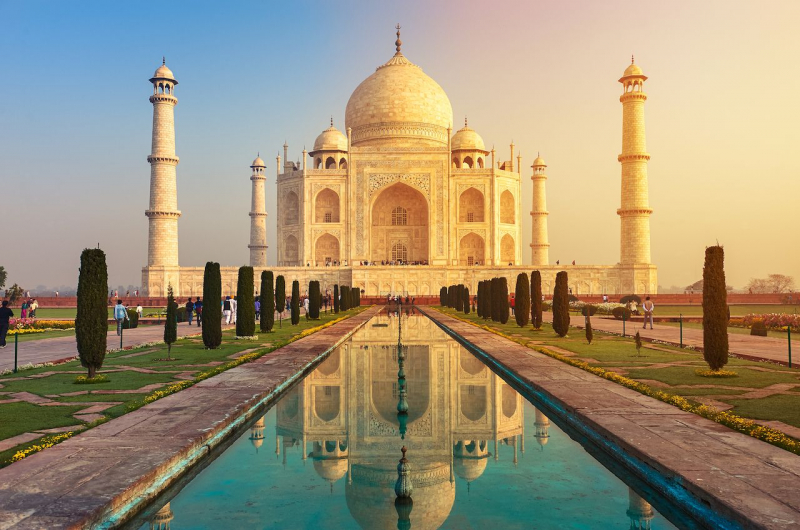
Photo: Photo: YURY TARANIK/Shutterstock Video: the Luxury Travel Expert -
Shihuangdi, the 'first sovereign Emperor,' formally created the Qin Empire, the first to control all of China, in 246 BC. Ying was a tough and unyielding monarch who grew distrustful and superstitious over time. He enlisted 700,000 laborers to construct an extravagant mausoleum to guard him in the afterlife before dying at the age of 49.
The Qin mausoleum is a 76-meter-high mound with an inner tomb and a 22-square-mile 'city' on the outside. 8000 terracotta warriors with horses, chariots, and weaponry protect it. Every warrior's face is distinct, and they were initially painted in vibrant colors that faded quickly when the mausoleum was uncovered and left to the elements in 1974.The inner tomb is a subterranean palace with 18 homes and indications of roadways and bridges in its courtyards.
After Shihuangdi's death, the Qin empire fell apart, and the tomb is currently the only physical reminder of his life; however, China is a derivative of the name Qin.Location: Xi’an, China
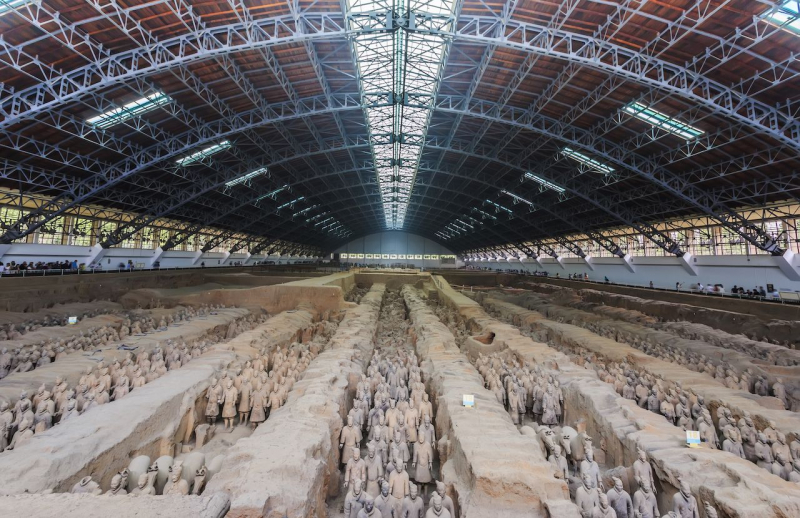
Photo: Photo: 4045/Shutterstock Video: World Heritage Journey -
One of Central Asia's most spectacular mausoleums, also one of the most famous mausoleums in the world is Shah-i-Zinda. It is located in Uzbekistan's north-eastern region. The Shah-i-Zinda, which translates as "The Tomb of the Living," is linked to the narrative of Kusam ibn Abbas, Prophet Muhammad's cousin. According to legend, he is still alive. Three groups of structures are joined by four-arched domed corridors in the tomb. Although the earliest structures are from the 11th and 12th centuries, the majority of the structures come from the 14th and 15th centuries.
Uzbekistan's Shah-i-Zinda, which is actually a necropolis with a series of tombs housing both renowned and unknown persons, is adorned with colorful tiles in hundreds of shades of blue. The huge necropolis, which today has over 20 buildings, including the 16th-century Kusam-ibn-Abbas mausoleum and mosque, several mausoleums built in the 1300s, and Shirin-Bika-Aga mausoleum, is said to house the remains of Muhammad's cousin, making it a significant holy site. Because some visitors to Shah-i-Zinda are performing a pilgrimage, be polite and humble at all times throughout your visit.
Location: Samarkand, Uzbekistan
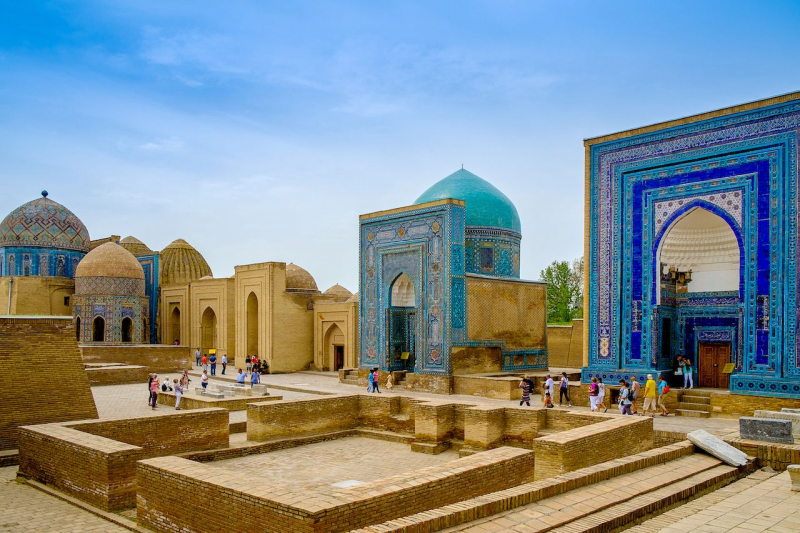
Photo: Evgeniy Agarkov/Shutterstock Video: Crimean Tatars in English -
The Mausoleum of Hadrian was originally the tallest edifice in Rome, commissioned by Hadrian, a Roman emperor from 117 to 138 AD who intended to utilize the classical complex as a burial place for himself and his family. It is still a magnificent sight on the Roman skyline today. Successive emperors' ashes were interred here, but the structure went on to serve as a stronghold and castle - Castel Sant'Angelo.
Since the building's conversion to a military fortification in 401, most of the tomb's contents and decorations have been lost. Today, it serves as a public art and history museum.
Location: Rome, Italy
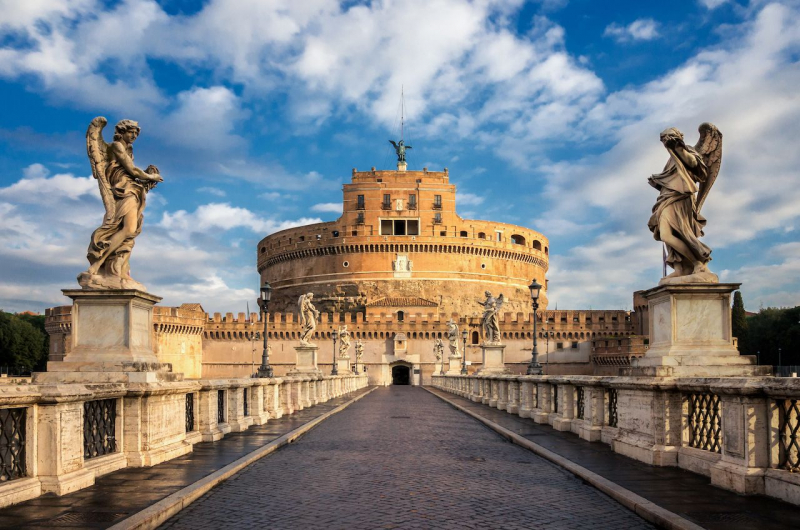
Photo: Blue Planet Studio/Shutterstock 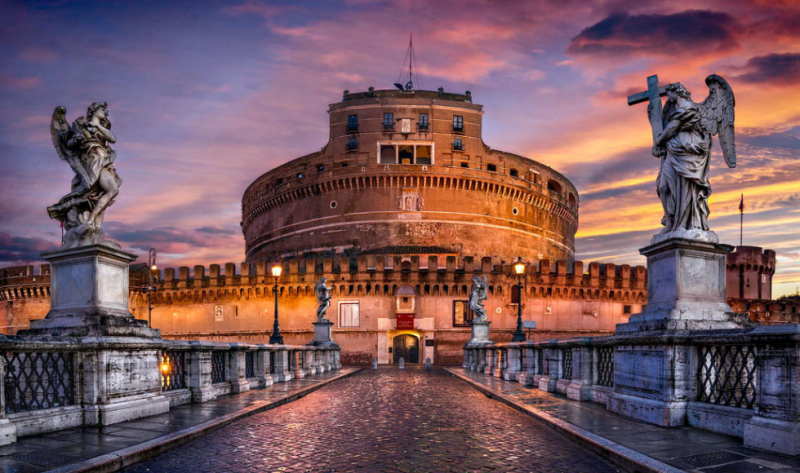
Photo: Twitter -
The Saadian tombs at Marrakech date from the 14th century, although they were significantly expanded to honor the deaths of Sultan Mohamed Sheikh and his son and successor Amad al-Manr.
A park surrounds the mausoleum, which has over 100 mosaic-covered monuments. In 1603 Amad al-Manr was buried in the middle Hall of Twelve Chambers.
Sultan Moulay Ismail's attempts to erase vestiges of the former dynasty nearly destroyed the Saadian tombs in the 18th century. Thankfully, the new sultan decided to keep the graves intact. However, the mausoleum was hidden from the world until 1917, when it was discovered by a French aerial survey.
Location: Marrakech, Morocco
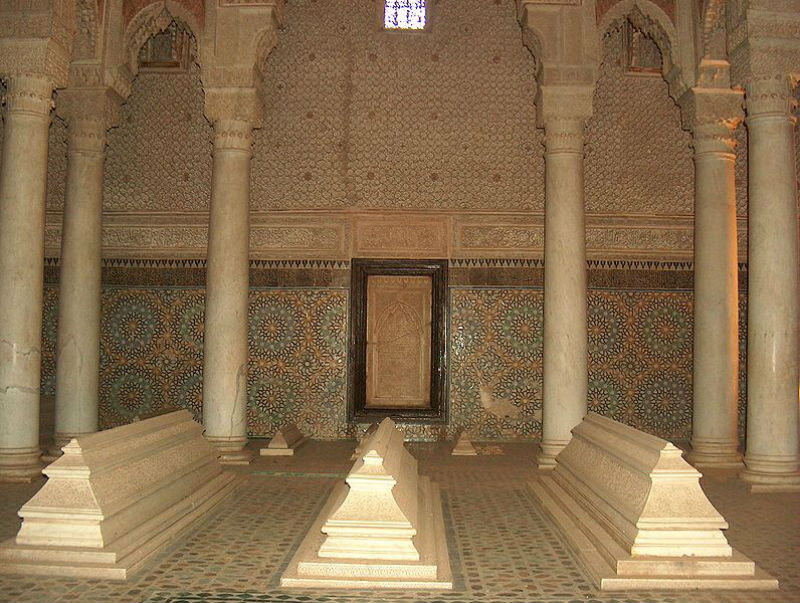
Photo: Alexandr Dmitri/ WikimediaCommons 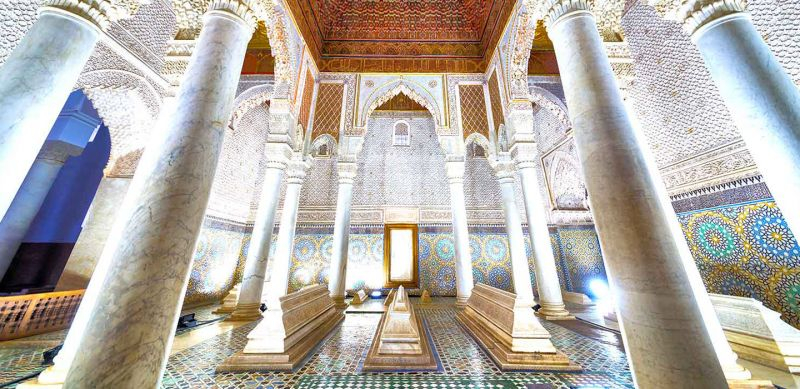
Photo: Memphis Tours -
The Tomb of Jahangir is a mausoleum created for Mughal Emperor Jahangir and one of the most famous mausoleums in the world, commissioned by his son Emperor Shah Jahan. This magnificent mausoleum may be seen in Lahore, Pakistan.
Inside and out, the Tomb of Jahangir in Pakistan is colorful and beautifully tiled, with artistic frescoes and masonry. The mausoleum is accessed through two huge stone gateways.A beautiful mosaic depicting Quran verses and flowers decorates the passageway surrounding the monument. After his father's death, Shah Jahan built the mausoleum ten years later. The mausoleum has been proposed as a UNESCO World Heritage Site.
The tomb, which was built in the 17th century and is considered one of the most magnificent structures in the country, is encircled by lavish gardens. It is open to the public and is close to the Indian border. Make a point of visiting the adjoining Tomb of Nur Jahan, which holds the remains of Jahangir's wife; it's a lot smaller in scale but still very well painted.
Location: Shahdara, Pakistan
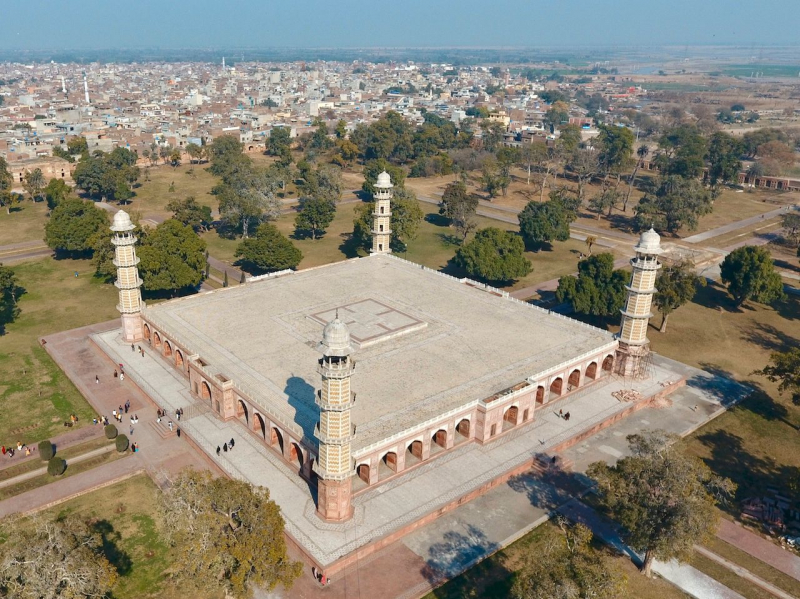
Photo: Imran’s Photography/Shutterstock 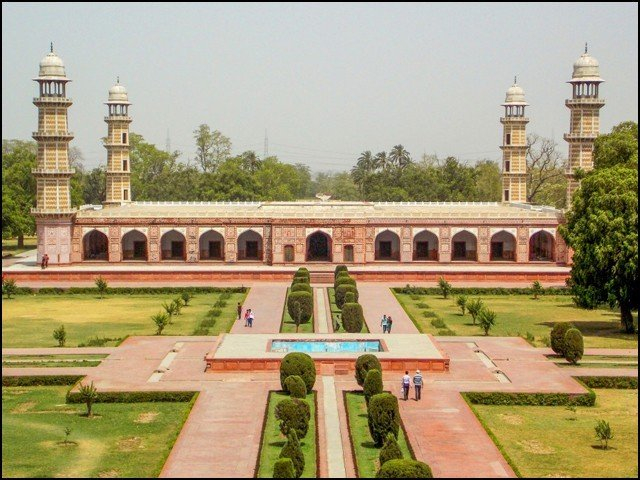
Photo: The PiPa News -
Sir Francis Dashwood, Lord le Despenser, 2nd Baronet, decided to build a mausoleum after receiving a donation of £500 from his friend George Budd Doddington to build 'an arch or temple' in his honor.
The design was influenced by the 4th century Arch of Constantine in Rome, which is a massive open-air hexagonal without a roof connected by triumphal arches.
The Dashwood Mausoleum's centerpiece is a plinth dedicated to Sir Francis's wife, Lady le Despenser. Plaques commemorating Dashwood's mother, stepmother, himself, and Doddington.
According to his testament, the heart of local poet Paul Whitehead was placed in an urn in 1774, but it was stolen in 1829.Location: West Wycombe, UK
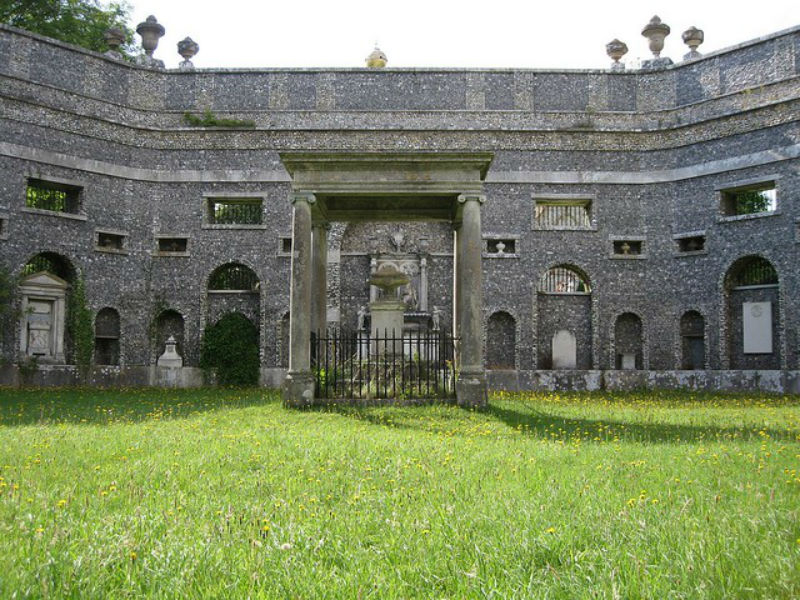
Photo: marcus_jb1973/ Flickr Video: James Dean -
Lenin Mausoleum is another place on our list of the most famous mausoleums. The mausoleum containing the bones of Soviet leader Vladimir Lenin is a macabre place to visit. It is a large and ornate building located in Moscow's Red Square. Lenin's real preserved corpse is on display at the Lenin Mausoleum, which is properly embalmed and maintained on a regular basis. Since Lenin's death in 1924, it has remained on display in the mausoleum.
Daily maintenance is required to moisten the features and infuse preservatives beneath the clothing. The corpse is taken every eighteen months and given a special chemical treatment. The embalmers' crew is dedicated to keeping the body in good condition and making it look as lifelike as possible.
Its design is inspired by ancient mausoleums such as the Step Pyramid and the Tomb of Cyrus. The mausoleum is open to the public for free. In the tomb, taking photographs or movies, as well as talking and smoking, are prohibited. It has long been the most popular destination for tourists visiting Russia.
Location: Moscow, Russia
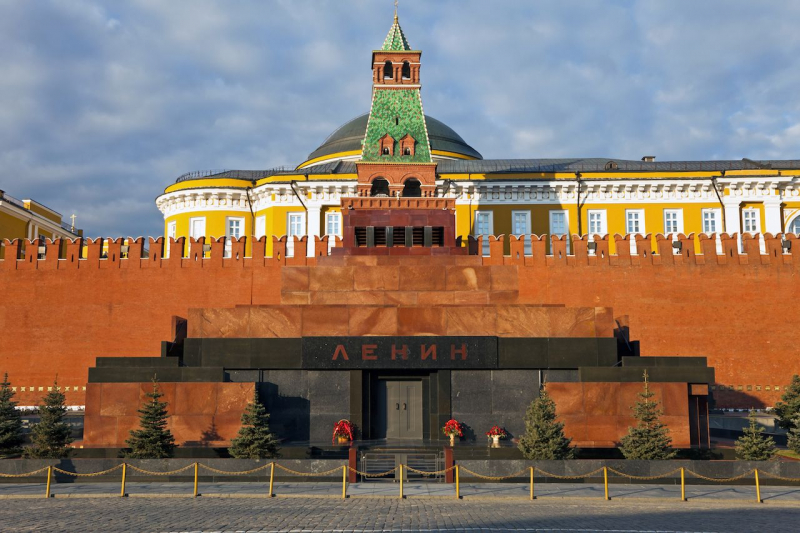
Photo: abadesign/Shutterstock 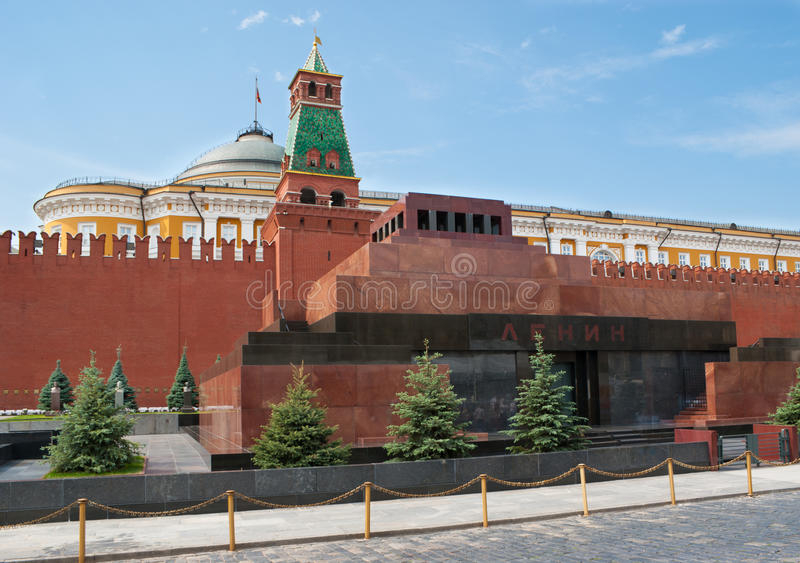
Photo: Dreamstime.com -
Interment at France's national mausoleum is a rare honor granted by a legislative act. Voltaire, Jean-Jacques Rousseau, Victor Hugo, Émile Zola, Louis Braille, Alexandre Dumas, Pierre and Marie Curie, and Pierre Brossolette are among those honored in the Panthéon.
A plaque dedicated to the French people honored by Yad Vashem as the "Righteous Among Nations" for sacrificing their lives to defend Jews from the Nazis may also be found on the premises.
The French Panthéon's facade is modeled after the Roman Pantheon, but the neoclassical design by Jacques-Germain Soufflot includes additional features such as a large dome on the roof and paintings depicting the Christian story, the life of St. Genevieve, Paris' patron saint, and the French monarchy's history.
Location: Paris, France
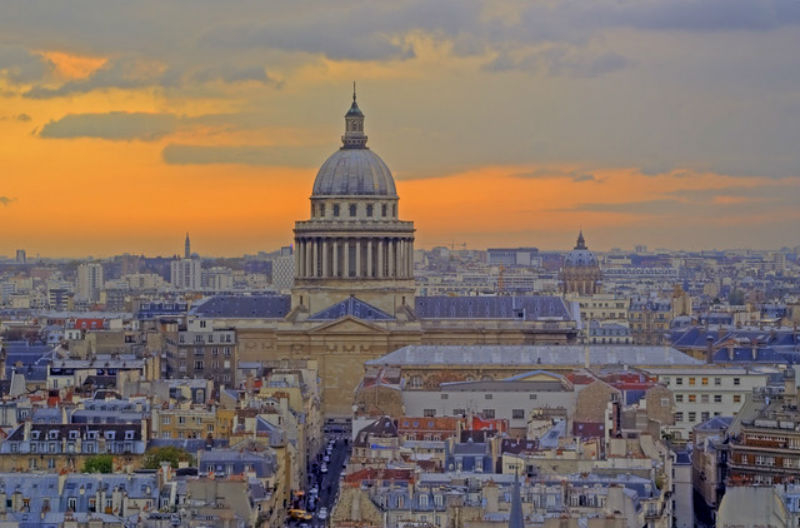
Photo: Lexe-l/ Flickr 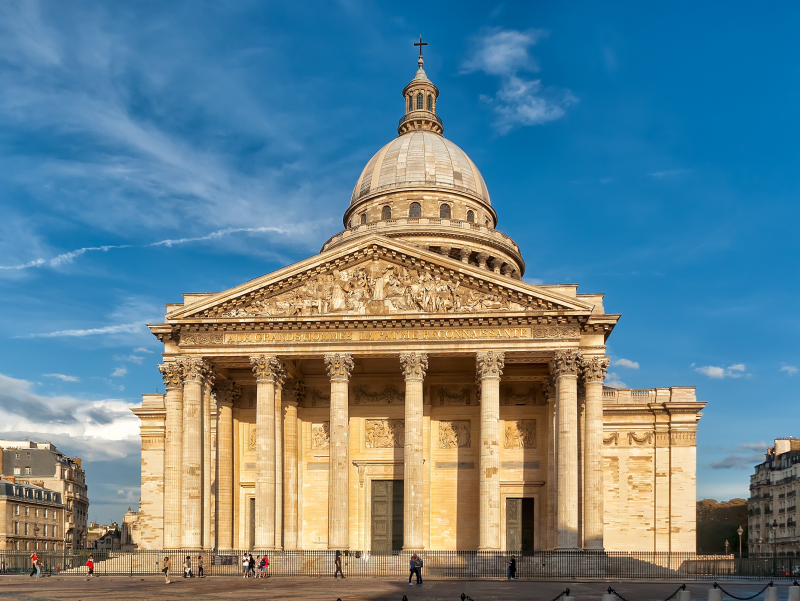
Photo: ArrivalGuides.com -
The Great Pyramid of Giza, located near El Giza, Egypt, is another of the world's most iconic landmarks and one of the Seven Wonders of the Ancient World.
It was also the tallest man-made edifice in the world for about 4,000 years, standing at 481 feet. Its construction continues to perplex humans to this day. No one understands how the pyramid could have been constructed in 2560 BC without the advanced technology and capabilities that we currently have. Pyramids for Pharaoh Khufu's wives and tombs for nobility are among the lesser pyramids in the Giza complex.
Location: El Giza, Egypt
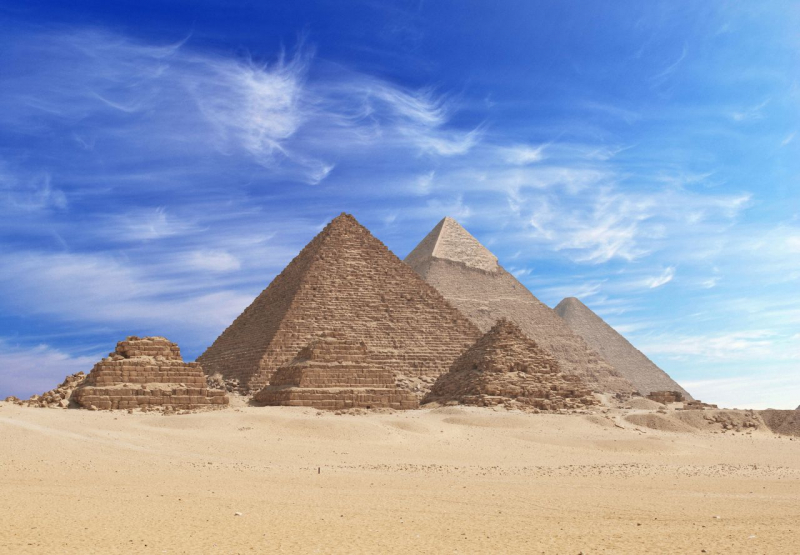
Photo: Waj/Shutterstock 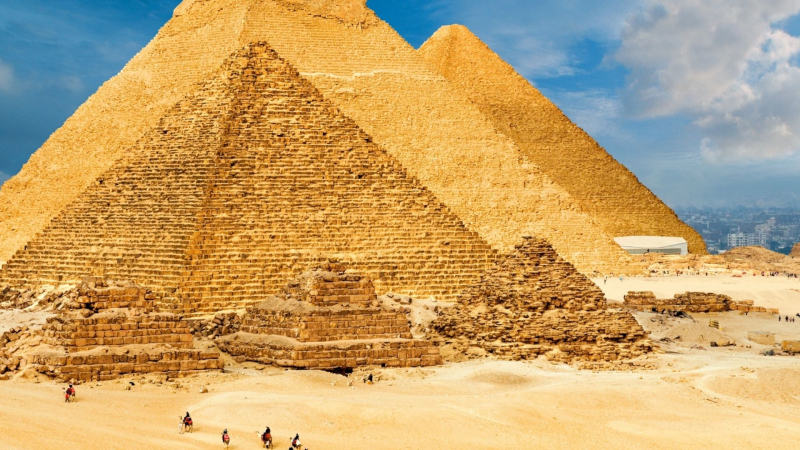
Photo: National Geographic -
George Washington, the first president of the United States, requested burial in his old family mausoleum at his Mount Vernon estate in Virginia before his death in 1799.
He also planned the building of a new mausoleum to replace it. Congress had hoped to bury him beneath the Washington Monument in the capital but agreed with his heirs that the president's wishes should be honored. The couple's remains were eventually moved from the 'Old Tomb' to marble sarcophagi in the 'New Tomb' in 1837.
Mount Vernon has a daily wreath-laying cemetery in honor of the "Father of the Nation."
Location: Virginia, US
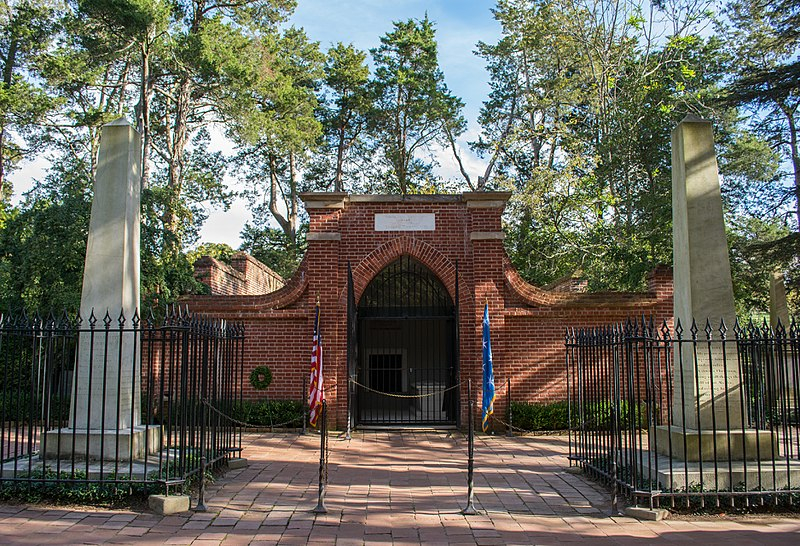
Photo: Tim Evanson/ WikimediaCommons 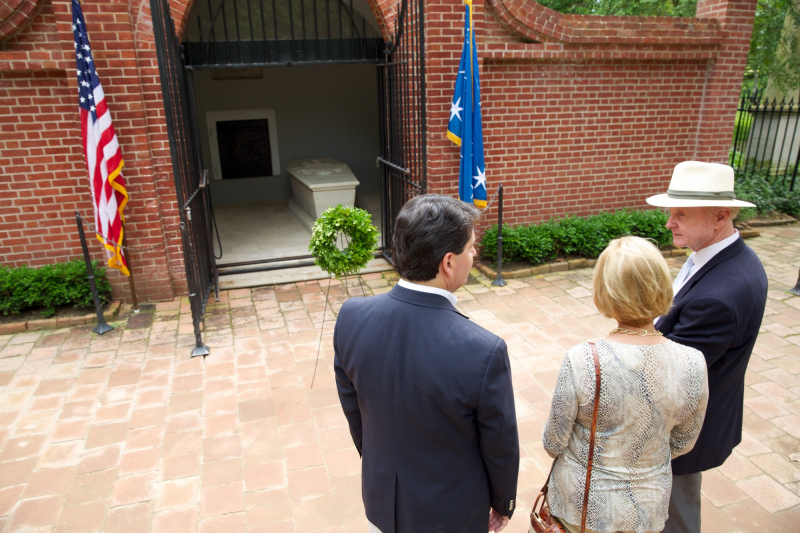
Photo: George Washington's Mount Vernon -
The Mao Zedong Mausoleum in Beijing houses the remains of Mao Zedong, the Communist Party of China's major political figure during the mid-1900s.
Mao's embalmed body, like Lenin's in Russia, is displayed within a crystal casket in the tomb in Tiananmen Square. The location is open to the public most days of the week and is free to enter, though visitors must dress modestly and cannot bring cameras.
Location: Beijing, China
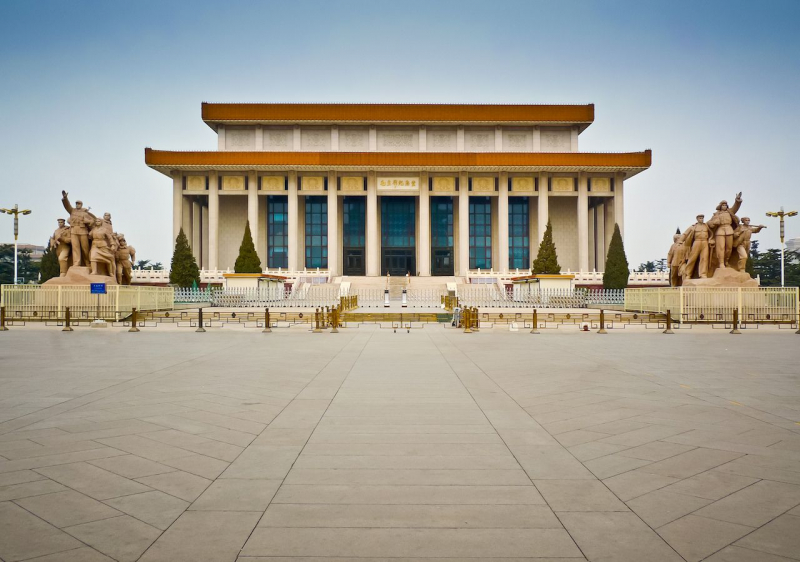
Photo: Mario Savoia/Shutterstock 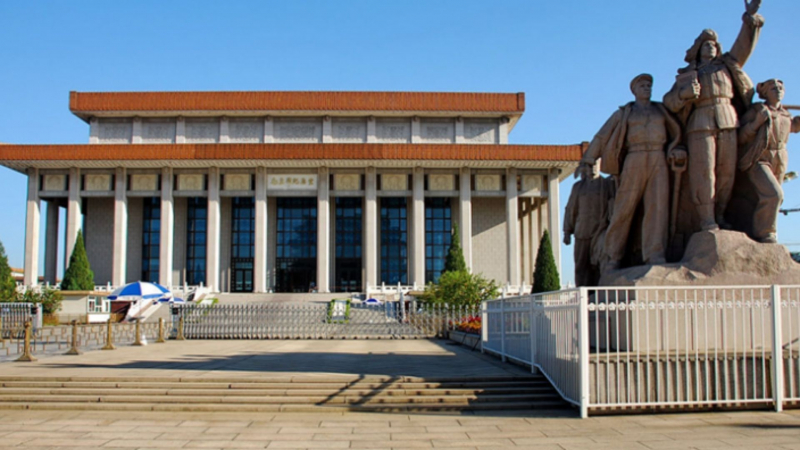
Photo: China Dragon Tours -
In Iraq, the Imam Husayn Shrine is a vast and colorful mausoleum and mosque. Also, it is one of the most famous mausoleums in the world. It is the final resting place of Husayn ibn Ali, Islam's third Imam. Husayn ibn Ali was the 4th Caliph's second son and Prophet Muhammad's grandson. In the sad battle of Karbala, he was killed.
The Imam Husayn Shrine is one of the holiest destinations for Shi'ite Muslims after Mecca and Medina, hence many of the shrine's millions of annual visitors are devout Muslims on pilgrimage. As a result, the shrine is lavishly decked in gold and brilliantly painted tiles, and it is beautifully illuminated in various hues at night. Non-Muslims are welcome to visit, but they must be polite and sensitive to the religious significance of the sacred site.
Location: Karbala, Iraq
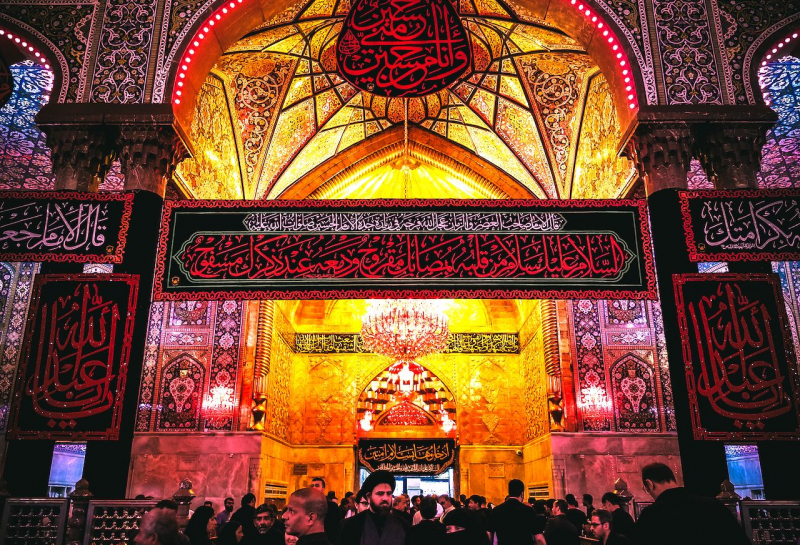
Photo: Sajjad Haidar Malik/Shutterstock 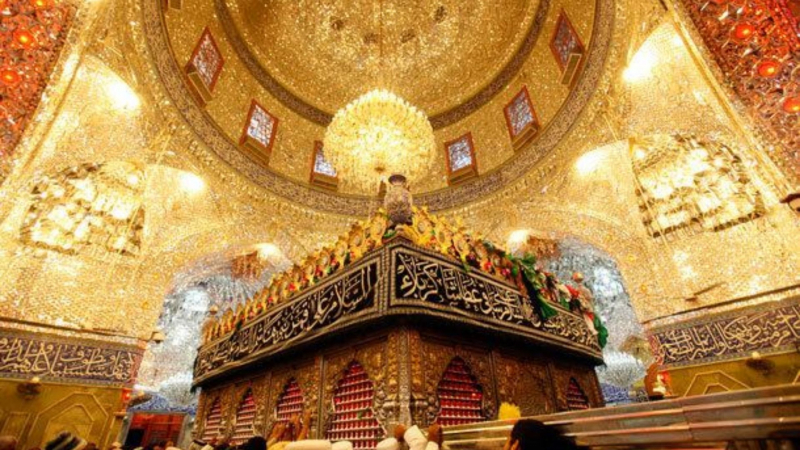
Photo: Alchetron -
Ernesto "Che" Guevara de la Serna's command at the Battle of Santa Clara in 1956 was a watershed moment in Cuba's demise of Fulgencio Batista. Guevara was kidnapped and executed by Bolivia's army in 1967 after being embroiled in a failed revolt there. His body was not discovered until 1997.
The Cuban government erected a bronze statue in Santa Clara to mark the twentieth anniversary of Guevera's death in 1987. Guevera's body was discovered a decade later and placed in a tomb beneath the statue with the bones of six other men who were killed alongside him.
The Che Guevara Mausoleum also includes 19 niches to honor more warriors retrieved from the burial.
Location: Santa Clara, Cuba
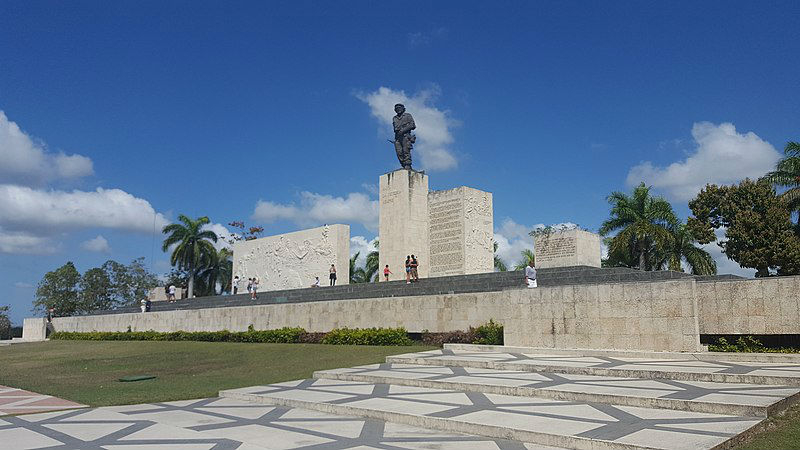
Photo: Jan Pešula/ WikimediaCommons 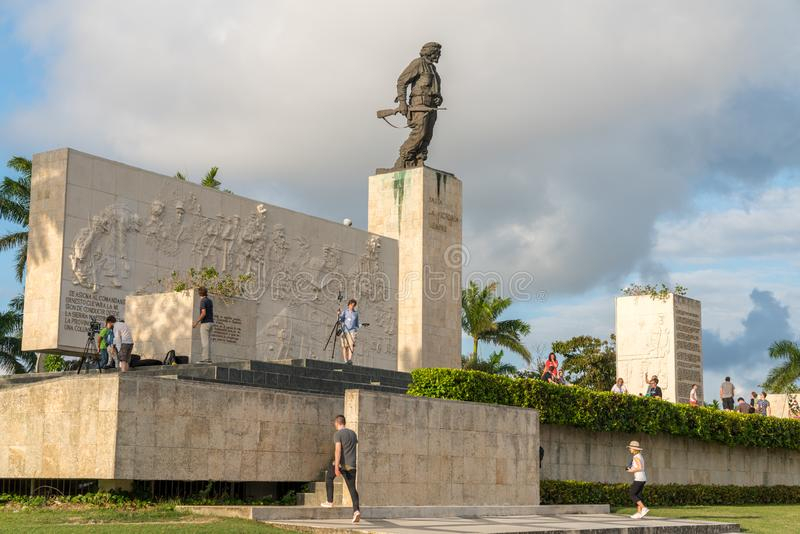
Photo: Dreamstime.com -
The last one on the list of the most famous mausoleums that Toplist would like to introduce is the Royal mausoleum. Queen Victoria's unrelenting sadness over Prince Albert's death is legendary, and she ordered the construction of a mausoleum for him barely four months after he died.
The Royal Mausoleum is located near the royal burial ground on the estate of Frogmore House in Windsor. The tomb was designed in the 13th-century Italian style, with interior decorating inspired by Raphael's paintings. The tomb is made of a single piece of Aberdeen granite.
On the 14th of December, the anniversary of Prince Consort's death, Victoria hosted an annual remembrance service in the Royal Mausoleum. When the queen died in 1901, she was buried alongside her husband in a mausoleum topped with marble effigies of the couple lying side by side.
The Royal Mausoleum was closed to the public in 2007 due to damp and structural issues, but a major restoration operation to rebuild it began in 2018.
Location: Berkshire, UK
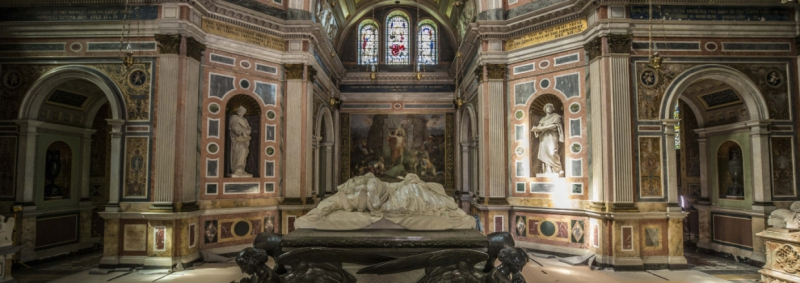
Photo: The Royal Family 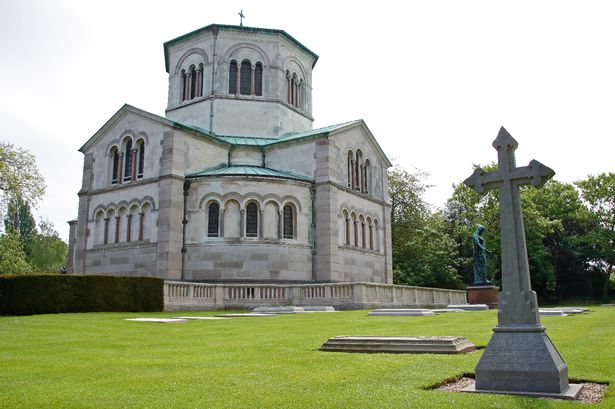
Photo: Berkshire Live

















